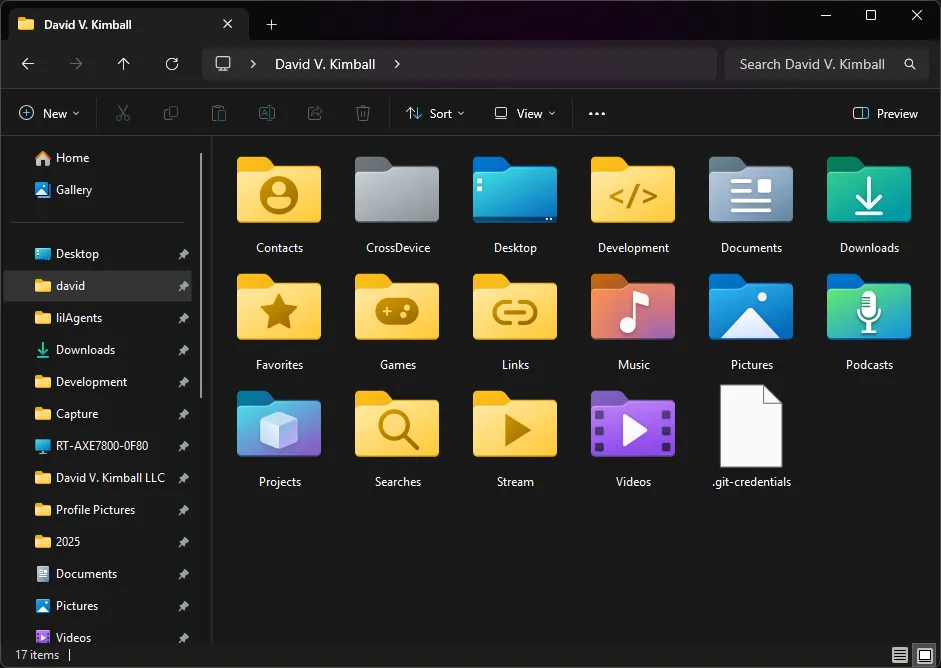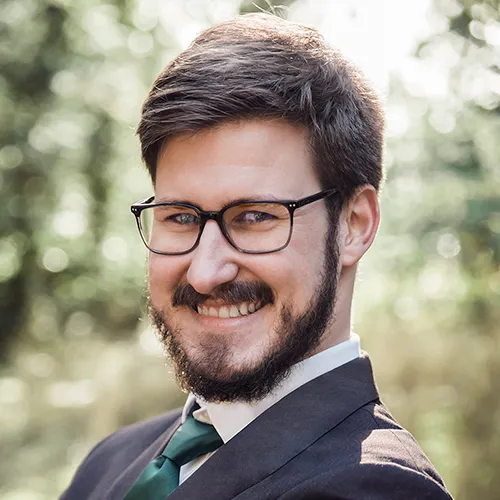Digital Productivity Just Requires Discipline
Contents
Digital Discipline
In the world of productivity influencers, a misconception exists about analog vs. digital tools.
The idea espoused is: in order to get actual work done, you must use analog options like note-taking with pen and paper or a physical to-do list because it’s the only way to avoid digital distractions.
That is not true and a cop-out.
Two things can be true at once: you can be wildly productive using digital tools while simultaneously not allowing digital disruptions to interfere with your work.
It simply requires discipline and a system.
I’m not saying there’s merit to physically writing things down or using analog tools - there are certainly some benefits. I just want to clarify that doubling-down on using digital tools doesn’t consign you to distraction.
Your First Discipline: JUST DO IT
This is your sign - stop merely thinking about being productive. Quit wishing you got more done.
It’s time for you to actually do it.
Lock in and read this blog post.
I don’t care if you’re currently feeling overwhelmed or distracted.
Close every other tab, turn off every other screen in the room, and just read this.
TipWell done, you’re already 70% of the way there.
Be Digital-First
Using digital tools means they’re always accessible in your pocket, or on your desktop, or on your wrist. In other words, there’s a single source of truth available anywhere. You are not confined or constrained based on a physical location or limited by a physical medium.
As a digital-first producer, you understand the limitations of physical alternatives but also the pitfalls of endless digital options.
With the right structure and system, you can accelerate your productivity exponentially using just 0s and 1s.
ExampleI use a custom-built desktop PC I use primarily, a Surface Laptop 4, and a OnePlus 12R Android smartphone for on-the-go productivity.
Prioritize Relentless Focus
One million things are competing for your attention at any given time. Sometimes things completely outside of your control.
Seize what is in your control and calibrate it perfectly to suit your ability to focus.
Control Your Physical Environment
Whether it’s your office or a coffee shop, you must optimize your environment for focus.
It could mean a clutter-free desk, or a cozy corner spot in a cafe.
Whatever it means to you, having an environment with the right lighting, temperature, and comfort level will make a huge difference in your ability to focus.
Headphones and earplugs can do wonders in more chaotic environments.
Control the Digital Noise
Even if your physical environment is accounted for, digital notifications can still bombard you.
Use a focus profile on your mobile device or PC to snooze notifications during a deep work period or use notification managers like Buzzkill to take control over who pings you and when.
Make it a habit to unsubscribe from every email in your inbox that comes in. Seriously. If there’s an “Unsubscribe” link in an email, you probably don’t need to read it. Whitelist the newsletters you actually care about, and then click unsubscribe on everything else. This will save you hours in the long run.
Remove Outlook’s “Focused” inbox and Gmail’s inbox tabs. Take control over your own inbox.
ExampleI have a unique home office setup that helps me maintain my focus and get more done. I use Buzkill to go a layer deeper with notification handling. I’ve used Unrollme in the past to help with mass-unsubscribing from email and consolidating newsletters. Although now I don’t have to use much, since consistent unsubscribing and modifying default notification settings over the years means I reach inbox zero and get 500% fewer notifications every day.
Embrace Cognitive Offloading
We hold a million things in our brain at any given time.
Rather than remembering trivial details about something that won’t matter at all in a few days, save your brain space for something more important, like enjoying a moment with your family or entertaining a philosophical ponder.
There are some great tools that can help you do that.
Calendar
If you aren’t using a digital calendar to keep track of the events in your life, begin today, right now.
Start tracking all upcoming events in your life and place them into your Google/Apple/Proton calendar. Get comfortable with using it.
Whenever someone asks you when you’re free, there’s no ambiguity - your digital calendar will tell you.
If you have a work calendar, import it into your personal calendar so you can see all of your events. You can even share your calendar with your spouse.
Task Manager
Time-bound to-dos ensure they’ll be done at a certain time, especially if they keep bugging you until you do them.
Since you’ve taken the time to remove all of the unneeded notifications from your phone already, the notifications you do get (like to remind you to get your tasks done) will be that much more meaningful to you.
Don’t overthink this. Just jot down what you need to get done, and do it.
Note-Taking
Don’t let your ideas die. Write them down.
Even better, turn your ideas into something more.
Using the right system, you can take one-off fragments and turn them into research papers. Follow the paper trails of your brain - you can go deep into your thinking and produce something valuable.
ExampleI use Google Calendar in combination with Clockwise and Cal.com for my event and scheduling needs. For tasks I use Google Tasks that integrate right into my calendar and ToDoist for shared task lists with my wife. For note-taking I use Obsidian, which is the tool I’m using to compose this blog post right now.
Think in Organized Systems
Everything should have its proper place. Create a system that makes sense to you, and then execute. It won’t be perfect the first time, but try to be mindful about how you organize your workflow. You can always tweak and perfect it over time.
Consistent Folder Structures
Whether you’re using a local file storage system like on Windows or macOS or a cloud storage system like Dropbox or Google Drive, you’ll want a consistent folder structure.
For using Windows, I like embracing the user folder with Documents, Pictures, Music, Videos, etc. I created some folders of my own, like Projects and Development which complement the user folder structure baked into the OS.
Particularly for something like video editing, you’ll want to be strict about housing all related media, files, etc. into one folder dedicated to that particular project. This prevents broken projects or confusion when you need to move project folders around. No broken links or missing directories.

Clear Naming Conventions
Try to give everything a human-readable name. By this I mean, your files shouldn’t be labeled “attachment.pdf” or “Screenshot (2).png”, they should have actual names that help you understand what they are. This will help you in the long run, even though it takes a few extra seconds to give your files a proper name if they don’t already have one.
Standard Operating Procedures
SOPs can be helpful for each new project you create. For example, maybe a new project always gets a new folder with a descriptive name, an abstract document with a particular title, and a to-do list page to help you stay on task.
Creating an SOP isn’t meant to be a rigid, dogmatic process, but something that helps you get to flow state faster. Setting up a routine or ritual will help you get into the zone and start getting work done. Especially if you return to it later, there won’t be an ambiguity about where you are in the process - it’s all been laid out and set up properly for you by your past self.
ExampleDepending on the kind of project, I will usually make a folder in my
Projectsfolder with the name of the project in title case, likeMy Project. Or I’ll create a folder withinDevelopmentin kebab-case, likemy-project. For video projects I make sure the project file and any assets are all within the same parent folder.
Evaluate and Adapt
The beauty of digital-first productivity systems is that they can evolve. At the end of a productivity session, evaluate how it went, and think about what barriers you encountered in getting more done. If it was cognitive, maybe you can build in a new mediation ritual to get you in the right mind space. If it was your tools failing you, consider a different platform or system.
Attaining a frictionless process is the goal. Enough structure to help you stay disciplined, with enough creative freedom to unleash your productivity and get real work done.
Better yet, emerging technology can help improve your habits of discipline and accelerate your workflows further.
Go Forth and Produce
I’m excited for you to regain your focus and come up with a great system. I hope you’ve found this helpful!
